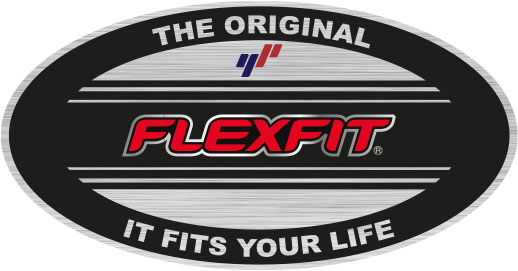A company should strive to reconcile their cash balance to monthly bank statements received from their financial institutions. This cash component may include cash from foreign countries translated to a single denomination. However, it’s crucial to remember that while a quick ratio of 2 is usually a good sign, it’s not universally so. For instance, if the industry standard is a quick ratio of 3, then a quick ratio of 2 might be less positive. Or if a company’s quick ratio is high because it’s struggling to sell its products (i.e., it’s accumulating cash because sales are low), that’s a potential red flag. Each component plays a crucial role in determining the quick ratio, offering insights into the company’s liquidity status.
The Quick Ratio vs. The Current Ratio
They can’t be sold off as quickly or easily as the ready-to-go bread and pastries. You would not include prepaid insurance, employee advances, and inventory assets since none of those items can be quickly converted to cash. The quick ratio is therefore considered more conservative than the current ratio, since its calculation intentionally ignores more illiquid items like inventory.
- It has short-term liabilities such as debt payment, payroll and inventory costs due within the next 12 months in a total amount of $40 million.
- For example, a quick ratio of 0.75 means that the company has or can raise 75 cents for every dollar it owes over the next 12 months.
- The quick ratio measures how well a company can meet its short-term liabilities (such as debts payment, payroll, inventory costs, etc.) with its cash on hand.
- Some may choose to lump together all debts the company has, regardless of when payments are due.
Quick Ratio vs. Current Ratio: What is the Difference?
Cash-like assets are traditionally defined as liquid properties that the company can easily sell off, such as stocks, or near-term revenue, such as accounts due for collection. If a company’s financials don’t provide a breakdown of its quick assets, you can still calculate the quick ratio. You can subtract inventory and current prepaid assets from current assets, and divide that difference by current liabilities. A company can’t exist without cashflow and the ability to pay its bills as they come due. By measuring its quick ratio, a company can better understand what resources they have in the very short-term in case they need to liquidate current assets.
Why Is the Quick Ratio Better Than the Current Ratio?
The quick ratio looks at only the most liquid assets that a company has available to service short-term debts and obligations. Liquid assets are those that can quickly and easily be converted into cash in order to pay those bills. The financial metric does not give any indication about a company’s future cash flow activity.
The total accounts receivable balance should be reduced by the estimated amount of uncollectible receivables. As the quick ratio only wants to reflect the cash that could be on hand, the formula should not include any receivables a company does not expect to receive. Whether accounts receivable is a source of quick, ready cash remains a debatable topic, and depends on the credit terms that the company extends to its customers.
For instance, a quick ratio of 1.5 indicates that a company has $1.50 of liquid assets available to cover each $1 of its current liabilities. Whether you’re an investor, a creditor, or a company executive, understanding the quick ratio can provide critical insights into a company’s short-term financial health. Similar to the current ratio, which compares current assets to current liabilities, the quick ratio is also categorized as a liquidity ratio. It may be unfair to discount these resources, as a company may try to efficiently utilize its capital by tying money up in inventory to generate sales. The current ratio may also be easier to calculate based on the format of the balance sheet presented.
The quick ratio is more conservative than the current ratio because it excludes inventory and other current assets, which are generally more difficult to turn into cash. The quick ratio considers only assets that can be converted to cash in a short period forensic accounting of time. The current ratio, on the other hand, considers inventory and prepaid expense assets. In most companies, inventory takes time to liquidate, although a few rare companies can turn their inventory fast enough to consider it a quick asset.
For example, supermarkets move inventory very quickly, and their stock would likely represent a large portion of their current assets. To strip out inventory for supermarkets would make their current liabilities look inflated relative to their current assets under the quick ratio. The quick ratio communicates how well a company will be able to pay its short-term https://www.online-accounting.net/fiscal-quarter/ debts using only the most liquid of assets. The ratio is important because it signals to internal management and external investors whether the company will run out of cash. The quick ratio also holds more value than other liquidity ratios such as the current ratio because it has the most conservative approach on reflecting how a company can raise cash.
Prepaid expenses aren’t included because the cash can’t be used to pay off other liabilities. Because this ratio seeks to tell how well a company can pay off immediate or https://www.online-accounting.net/ pressing debts, inventory isn’t a reliable source. By excluding inventory, and other less liquid assets, the quick ratio focuses on the company’s more liquid assets.

















